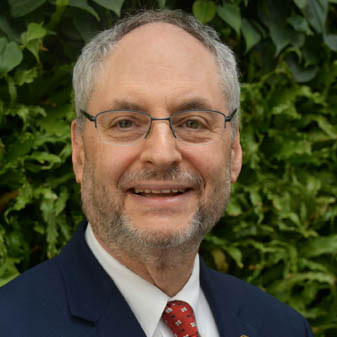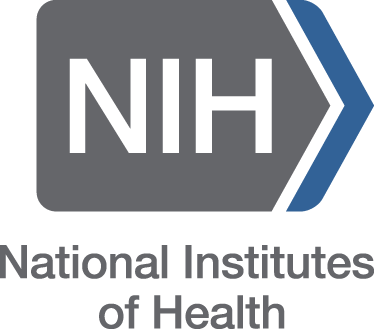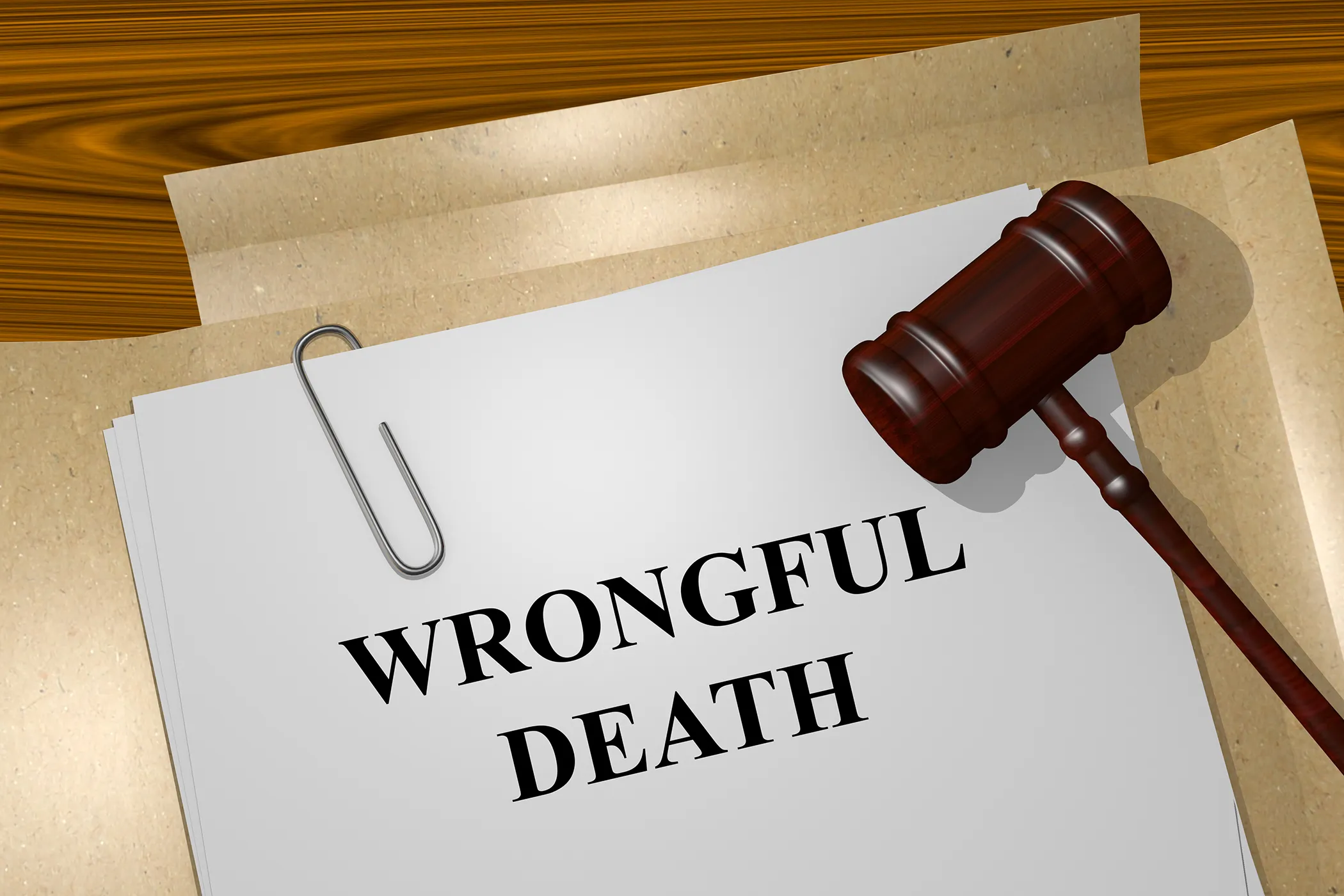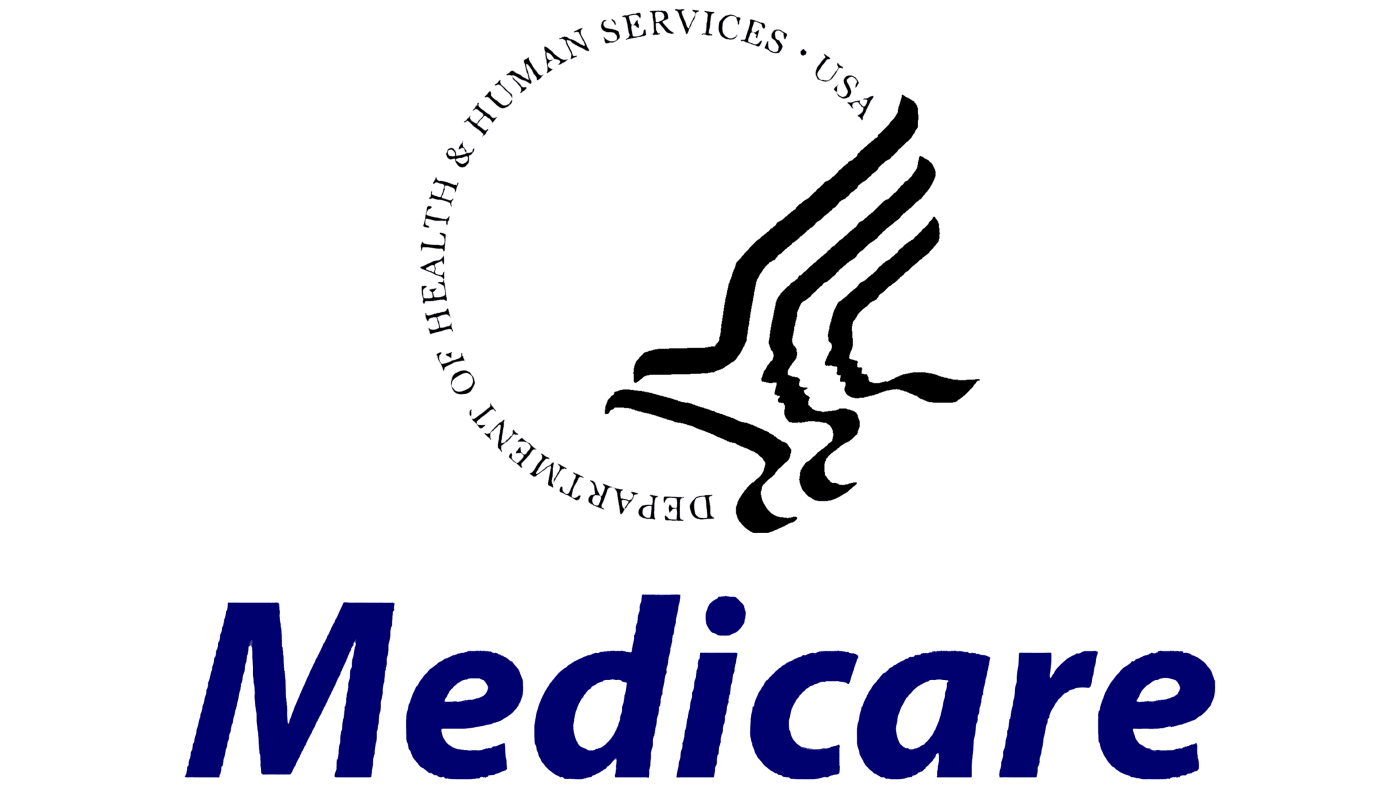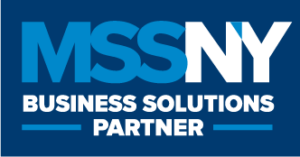
AI and Physician Burnout
Friday, September 20, 2024

AI and Physician Burnout
Colleagues:
The powerfulness of any technology is a double-edged sword. The more potential for greater good is matched by the same potential for greater evil. I was reminded of this fact while recently attending as a guest at a Panel Discussion on Artificial Intelligence sponsored by Newsweek at its World Trade Center headquarters on September 17.
AI is finding early integration in medical specialties such as Radiology that have previously adopted national data set standards like DICOM. We can also foresee AI integration into machine imaging software and into software protocols for radiation therapy. As AI is applied to language-based data sets, imagine the time savings if AI is used to compose hospital Discharge Summaries, for example. Indeed, using AI to do the data gathering and paperwork of medicine has the potential to free up time for physicians to do more of what makes up the joy of medicine.
Unfortunately, we are already seeing some of the downsides of AI, as insurance companies are now using AI to analyze claims data. Who would have predicted that instead of increasing diagnostic accuracy and reducing the scut-work of medicine, that one of the first consequences of introducing AI into medical care is that insurance claim denials have increased? It is outrageous that misuse of AI has forced physicians to spend even more of their time fighting for the tests they know are needed to provide the highest quality care for their patients. Misuse of AI is already hurting our patients in 2024.
Another concern is that as AI is incorporated into medical delivery systems, any time savings for physicians will be appropriated by the employers as they demand that more patients be seen with less time per patient. More time for the patient, or more time to produce more RVU’s?
One important take-away message from the recent Newsweek Panel Discussion is that our medical delivery system is broken, and that AI is only a tool. We need to fix the system. Throwing AI alone at the system is not going to fix the underlying systemic problems that contribute to physician burnout and moral injury.
So, what can you do? Ask your colleagues to join MSSNY and contribute to our PAC, so that our collective voices can be amplified on this and all pending issues that affect your practice and your patients.
All the best,
Jerome C. Cohen, MD
MSSNY President

Healthcare Law Alert: New York’s 2024-25 Budget Imposes New Requirements on Physicians and Physician Practices
The 2024-25 New York State Budget introduces important changes that directly impact physicians and physician practices. These changes, effective October 20, 2024, address several key areas, including billing practices, patient consent, and the handling of credit card payments. Physicians and their practices must review and update their procedures to ensure compliance with these new legal requirements.
The new legislation impacts how physicians manage billing for their services. While the changes primarily target transparency of costs and patient consent, they also indirectly affect billing processes:
- Separate Consent Forms: Physicians must now separately secure the patients’ consent for treatment and consent for payment. This means that practices must create distinct forms specific to each purpose and comprehensively discuss issues related to costs with the same import as they do with clinical concerns.
This ensures that patients are fully informed about the costs of their treatment before agreeing to pay. Physicians must ensure that discussions regarding the costs of treatment occur after services. To be clear, consent for payment can only be obtained after the treatment has been provided and after the costs have been discussed with the patient. This ensures that patients ostensibly have a full understanding of the financial obligations before agreeing to pay.
The new budget also introduces specific regulations, via additions to the NYS General Business Law, regarding the use of credit cards for payment in physician practices:
- Restrictions on Pre-Authorization: Physicians are prohibited from requiring patients to preauthorize a credit card or keep one on file before delivering emergency or medically necessary services. This protects patients from unexpected charges and ensures that payment information is not collected prematurely.
- Patient Risk Notification: Physicians must inform patients about the risks associated with using credit cards to pay for medical services. This includes notifying patients that paying with a credit card may result in the loss of certain state and federal protections related to medical debt.
Conclusion
The 2024-25 New York State Budget imposes new obligations on physicians and physician practices aimed at enhancing patient protections and ensuring greater transparency in billing and payment practices. Physicians must take steps to update their consent forms, billing procedures, and credit card policies to comply with these changes by the October 20, 2024, deadline.
For further details on these requirements and how to implement them in your practice, please contact David N. Vozza, Esq. at [email protected] or call (917) 369-8867.
Editor’s Note:
These upcoming requirements have been discussed in several Pulse articles. MSSNY staff recently joined with representatives of urgent care in a meeting with the NYS Department of Health and the Governor’s office to raise concerns and urge legislative revisions to provisions adopted in the 2024-25 New York State Budget related to the collection of payments from patients.
MSSNY followed up this meeting with a detailed letter to the Health Department and the Governor’s office that further elaborated on these concerns, as well as reaching out to hospital associations with similar concerns to coordinate advocacy to 1) urge a delay on the implementation of these provisions, and 2) amendments to narrow the scope of these provisions in the 2025 Legislative Session.
Join this effort by sending a letter from the MSSNY Grassroots Action Center: Oppose Requirement to Obtain Patient Consent to Bill After Services Delivered (p2a.co)
MSSNY Presents the Alliance with the Medical Society of the State of New York (AMSSNY) with Certificates of Appreciation
On July 24, 2024, the Alliance with the Medical Society of the State of New York (AMSSNY) Board of Directors voted to dissolve the organization due to diminished membership.
At the September 19, 2024 MSSNY Council meeting, MSSNY President Dr. Jerome Cohen presented Certificates of Appreciation to AMSSNY co-presidents Joan Cincotta, Barbara Ellman, and Helena Mirza in recognition of their contributions to the organization over many years.
Below is a history of the organization written by Joan Cincotta, Barbara Ellman, and Helena Mirza.
A History of the Alliance of the Medical Society of the State of New York
The State Alliance was founded in 1936 as the Woman’s Auxiliary (to the Medical Society of the State of New York). It was founded the same year as the AMA Auxiliary. It was perceived as a social and fraternal supplement to the Medical Society, but it did not take long for it to prove its worth in initiating and supporting community health projects, raising funds for medical education, influencing health care legislation and helping physicians provide the best medical care as they cared for the people of New York State.
In 1936, six counties—Albany, Queens (formed in 1933), Kings, Cayuga, Nassau and Onondaga—sent twenty delegates to the first annual meeting, which was held at the Waldorf Astoria Hotel in New York City. The following year, at the second annual meeting in Rochester, NY, eight more counties had been added to the roster—Suffolk, Saratoga, Madison, Orange, Schenectady, Rockland, Renssalaer and Columbia—bringing their membership to 900.
In 1938, Oswego County was added. The state launched its first “letter writing” campaign urging members to write to their Assemblymen to protest the passage of a current bill.
In 1939, AMSSNY won the AMA Auxiliary membership trophy for having the greatest membership increase in the nation. In 1940, Auxilians had local community special education programs and sent letters to Congress voicing their great concern about “socialized medicine”.
MSSNY made the decision to exempt physicians serving in the military and their spouses from paying dues during the war years. And Auxilians took part in wartime priority projects such as the USO, the Red Cross, Defense Centers, War Relief and the Motor Corps. They prepared bandages in their local areas. No annual meetings were held during these years.
Post-war, a meeting was held in NYC. Community health-related projects were re-started and emphasis was placed on increasing membership. The official publication of the Auxiliary—Distaff—underwritten by MSSNY (until 1958), was mailed to members. By 1948, membership reached 3,300.
In 1950, the Auxiliary participated in the New York State Fair for the first time and distributed health information to attendees. Socialized medicine became an area of educational programs for physician spouses and the community. Contributions to the AMA Education and Research Foundation were established as a statewide project. By the mid-60s, over $17,000 was raised for AMA-ERF. The classification of Member-at-Large was established.
By 1955, state membership increased to over 4,600 members due in part to increased legislative awareness. The awarding of nursing scholarships totaled more than $10,000 and, within the next two years, it exceeded the $100,000 mark.
By the 1960s, the Auxiliary was encouraged to support AMPAC. An international Health Activities Chairmanship was established, and shipments of drugs, medical books and monetary contributions were sent to underdeveloped countries. Emphasis was placed on educating members and the public on the ever-increasing legislation of health care. Auxiliaries supported local programs such as Meals on Wheels, as well as their local hospitals.
During the late 60s, the Auxiliary undertook the task of educating an uninformed public re: the effects of Medicare. Membership increased to 4,800 members and Auxilians continued to raise funds for AMA-ERF and for Project Hope. Many counties had programs on smoking, drug abuse, crime prevention and a resolution to support the curtailment of violence on TV and in movies was passed.
In the early 70s, the Auxiliary restated its purpose with future emphasis to be placed on educational and charitable purposes. New York County was organized and soon had the largest number of members in the state. $71,000 was given to AMA-ERF. Physicians’ Home received over $5,000 and scholarship and loans for health careers amounted to over $41,000. In addition, 20,000 pounds of materials were sent to underdeveloped countries.
The county Auxiliaries were directed to make the public aware of the growing crisis in malpractice and liability insurance. And, after forty years as the Woman’s Auxiliary, the name was officially changed to the Auxiliary to the Medical Society of the State of New York. The word “wives” was changed to “spouses” and male spouses (of female physicians) were encouraged to join. AMSSNY became more involved in the political arena as organized medicine became a reality and more attention was given to health-related public issues.
Closing out the 70s, Chemung County joined the Auxiliary and was recognized by the AMAA. AMSSNY would eventually have 27 counties across the state. The New York Medical PAC was formed, and the Auxiliary was invited to join. The Auxiliary undertook the publication and distribution of health-related pamphlets re: Child Abuse; Immunization; Adverse Drug Reactions. They also educated people on Health Legislation. “Shape Up For Life” with focus on pre-and-post natal care became a nationwide campaign stressing physical fitness, nutrition, stress management and immunization. Up to this time, over $350,000 had been contributed to AMA-ERF and over $72,000 had been contributed to Physicians’ Home.
As the 80s began, the Auxiliary embarked on an educational program to address the medical liability crisis and its effect on public health. A physician stamp, designed to enhance the doctor’s image and reinforce “Your Doctor Cares” became a statewide effort. Auxiliaries began to work in coalition with other agencies. Mrs. Torrence Payne became president of the AMAA. State and county Auxiliaries were called upon to develop programs pertaining to Prevention of Child Abuse and Neglect, Drunk Driving and Crime Prevention. A pamphlet was printed and distributed and received recognition from the Governor’s office.
In the early 90s, a nationwide campaign Against Family Violence began. A series of children’s conflict resolution activity books was developed including Hands Are Not For Hitting, I Can Handle Bullies, I Can Choose, I Can Be Safe, Be A Winner/Shape Up For Life and I Can Be… Millions of copies of these books were distributed by county Auxiliaries across the country. Hands Are Not For Hitting placemats were also printed and distributed.
In 1994, the State Auxiliary voted to change its name to the Alliance with the Medical Society of the State of New York — AMSSNY. This year was also the start of a nationwide initiative called SAVE — Stop America’s Violence Everywhere. In 1995, the second Wednesday in October — Domestic Violence Awareness Month — was designated as the start of SAVE Today. The following year, Save-A-Shelter was started with county Alliances teaming up with their medical societies to adopt shelters, rape crisis centers and transitional homes. SAVE puzzles were distributed to various counties. With the onset of school shootings, The SAVE Schools From Violence campaign began. Members of AMSSNY appeared on NBC’s Today Show to talk about their anti-violence campaign. The Alliance even got a “thanks” from President Clinton for its work.
After the attacks on September 11, 2001, the AMAA donated 10% of its proceeds from SAVE materials to the relief effort and donated more than $7,000 to the people who suffered from the disasters. SAVE continued to focus on bullying and created guidelines for “bully-free” schools along with a bookmark “Talk to Your Kids About Bullying”. 2004 marked the 10th anniversary of SAVE and Alliances celebrated by launching canned food drives, holding essay contests for children on the importance of preventing violence and by giving out SAVE bookmarks on Halloween.
In 2006, the Alliance was given a $500,000 grant from the American Legacy Foundation in support of its Screen Out! program whose focus is on an “R” rating for all movies that depict smoking. Another program counties embraced was the “Think, Don’t Drink!” campaign which concentrated its effort on the prom season when many young people die in automobile accidents where alcohol is often a contributing factor. Here, florists were asked to enclose a business card with the “Think, Don’t Drink!” message in each boxed corsage purchase.
In addition to all of this, throughout the years counties raised funds for local agencies and organizations, held Holiday Luncheons, membership dinners, mailed creative Holiday Cards and celebrated Doctor’s Day on an annual basis. Many counties brought awareness to the AIDS epidemic by holding informational meetings and distributing written documentation to the public during the years of the AIDS crisis. And, in 1995, several counties across the state held fundraisers for the victims of the Oklahoma bombing. Proceeds went to Governor Keating’s Victim and Family Relief Fund which assisted the needs of the children who lost their parents in the tragedy. Governor Keating sent a personal message to AMSSNY in thanks.
Over the years, the Alliance has always been primarily devoted to our physician spouses and their concerns and issues. We donated $32,500 to MSSNYPAC during the period 2018-2024. The Physicians Home received $15,478 from the Alliance during the period 2006-2023. In addition, donations to the Physicians Home from Alliances in Broome, Jefferson, and Orange Counties have totaled $1,900. The Alliance has contributed to the AMA Foundation with funds earmarked for the Dr. Duane and Joyce Cady Physicians of Tomorrow Scholarship program. We have attended MSSNY meetings, met with elected officials, and made ourselves available to assist MSSNY in any way that we could, and hope that our efforts have benefitted MSSNY and its members and hard-working staff.
It has been our extreme pleasure to work with you!
Sincerely,
Joan Cincotta, Barbara Ellman, Helena Mirza
AMSSNY Co-Presidents
NIH Launches $100 Million Pandemic Preparedness Research Network
The National Institutes of Health (NIH) has launched the Research and Development of Vaccines and Monoclonal Antibodies for Pandemic Preparedness (ReVAMPP) network to tackle future pandemic threats. With a focus on “prototype pathogens,” the research aims to preemptively develop vaccines and antibodies for high-risk viruses, building on past success with COVID-19 vaccine research. Albert Einstein College of Medicine in New York City is one of several awardees, advancing pandemic preparedness with innovative scientific approaches.
NIH awards establish pandemic preparedness research network (NIH, 9/24).
Save the Date – MSSNY’s Poster Symposium
The 2025 Poster Symposium will be held on Friday, April 4, 2025, at the Westchester Marriott in Tarrytown, NY. Please mark your calendars! Additional details and announcements will be sent out in October.
Be on the lookout for these announcements!

Your Medical Practice is at Risk! Take Action to Protect It
For the third consecutive year, the New York Legislature has passed a bill that could have devastating impacts on the state’s healthcare system. The wrongful death legislation (S8485-B/A9232-B) seeks to greatly expand damages in wrongful death lawsuits, which would drive up liability insurance premiums and further strain an already overburdened system.
Governor Hochul has vetoed similar bills in the past, but there is no guarantee she will do so again this year. If this bill becomes law, the costs could skyrocket, threatening patient access to care across New York.
Take action now—contact Governor Hochul and urge her to veto this harmful legislation. Use the MSSNY Grassroots Action Center or call her office at 518-474-8390. The time to act is now—your patients and your practice depend on it!
Following is the MSSNY tool kit to help you get the word out:
- Grieving Families Act 3.0
- MSSNY President Dr. Cohen’s Op-Ed in the USA Today Network papers
- Op-Ed Template for Submission by MSSNY Members
- MSSNY/Specialty Society Letter to the Governor
- Social Media Posts and Graphics
- Talking Points for Speaking to the Governor’s Office
- Press Release: New York’s Physicians Remain Alarmed by Patient Access to Care Consequences of Latest Wrongful Death Liability Expansion Legislation
- LRANY 2023 Legislator Flyer
- LRANY 2023 Medical Liability Costs Report

HCPCS Code G2211: New Guidance for 2024
As of January 1, 2024, the Office and Outpatient Evaluation and Management (E/M) visit complexity add-on code G2211 became active and is now separately payable under the Medicare Physician Fee Schedule. This code recognizes the cognitive complexity involved in managing long-term care relationships with patients, especially those with complex or serious conditions.
Key Highlights:
- Who Can Use It? Physicians and healthcare providers involved in ongoing patient care for conditions like HIV or chronic diseases. The code applies to all outpatient and office-based E/M visits (CPT codes 99202-99205, 99211-99215).
- Focus on Continuity of Care: G2211 is applicable when the physician serves as the patient’s primary, ongoing care provider and the relationship involves continuous oversight of the patient’s broader healthcare needs.
- Not for Routine Visits: This add-on code is not appropriate for time-limited or routine visits, such as mole removal or minor acute care.
- Billing and Documentation: G2211 can be billed alongside the main E/M code. No additional documentation is required, but records must demonstrate the medical necessity and complexity of the care provided.
Modifier 25 and Billing: CMS has clarified that G2211 cannot be billed on the same day as an E/M visit reported with modifier 25.
For full details and billing guidance, see the MLN Matters article.
Documentation Responsibilities for Diagnostic and Laboratory Services
When billing for laboratory or diagnostic tests, ensuring proper documentation is crucial to avoid claim denials during Medicare reviews. Here’s a quick overview:
- Physician’s Role: When ordering tests, physicians must provide clear documentation to justify the medical necessity of the test.
- Billing Provider’s Responsibility: If the test is being reviewed, the billing provider must collect the necessary documentation from the referring physician or facility.
- Collaborative Effort: Laboratories and physicians must work together to ensure medical orders and progress notes support the services billed. Without adequate documentation, payment could be denied.
- HIPAA Compliance: Sharing medical records with Medicare contractors does not violate HIPAA.
Proper documentation is a shared responsibility—ensure you’re working with your laboratory partners to avoid payment issues.

Join the “Women in Medicine: Our Journeys” Webinar
Don’t miss out on this exciting opportunity to hear from leading women in medicine as they share their inspiring journeys. On Thursday, September 26th, from 1-2 pm EST, Dr. Tami Benton, Dr. Diana Ramos, and Dr. Megan Srinivas will be panelists, with Dr. Debbie Fuller and Dr. Gloria Wu as co-moderators. Registration is free but required to attend.

Protect What Matters Most: Explore Comprehensive Insurance Solutions
Sellers Insurance provides MSSNY members with a wide range of insurance options, all tailored to meet your unique needs. Whether you’re looking to protect your income, business, or personal assets, we’ve got you covered. Take advantage of these specialized coverages:
- Disability Income Insurance
- Disability Overhead Insurance
- Property and General Liability Packages
- Worker’s Compensation Insurance
- Business Auto Insurance
- Employment Practices Liability Insurance
- Cyber Insurance
- NYS Disability Benefits Law
- Paid Family Leave Coverage
- Life Insurance
- Long-Term Care Insurance
- Pet Insurance
Exclusive MSSNY Member Discounts:
Sellers Insurance goes above and beyond to secure the best rates for you. As a MSSNY member, you’re entitled to exclusive savings, including a 7% discount on homeowners’ insurance and a 5% discount on auto insurance—because protecting what you’ve worked hard for shouldn’t break the bank.
For more information or to secure your coverage, reach out to Sellers Insurance today:
Phone: 716-627-5400 | 800-333-5440
Email: [email protected]

